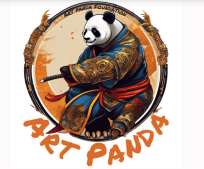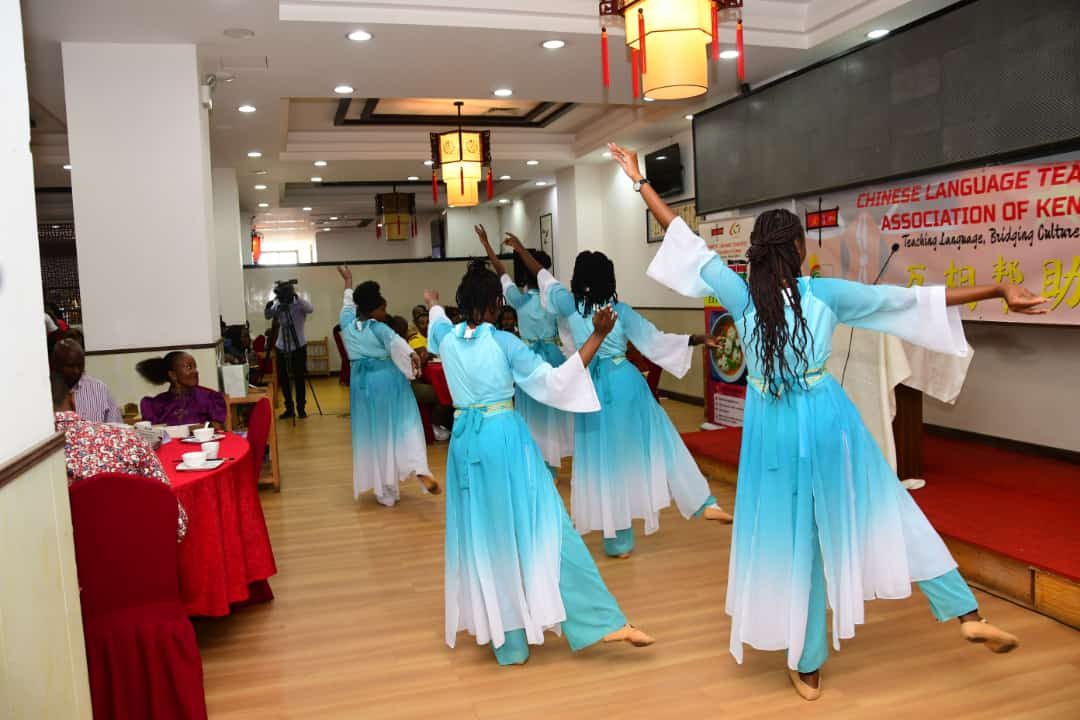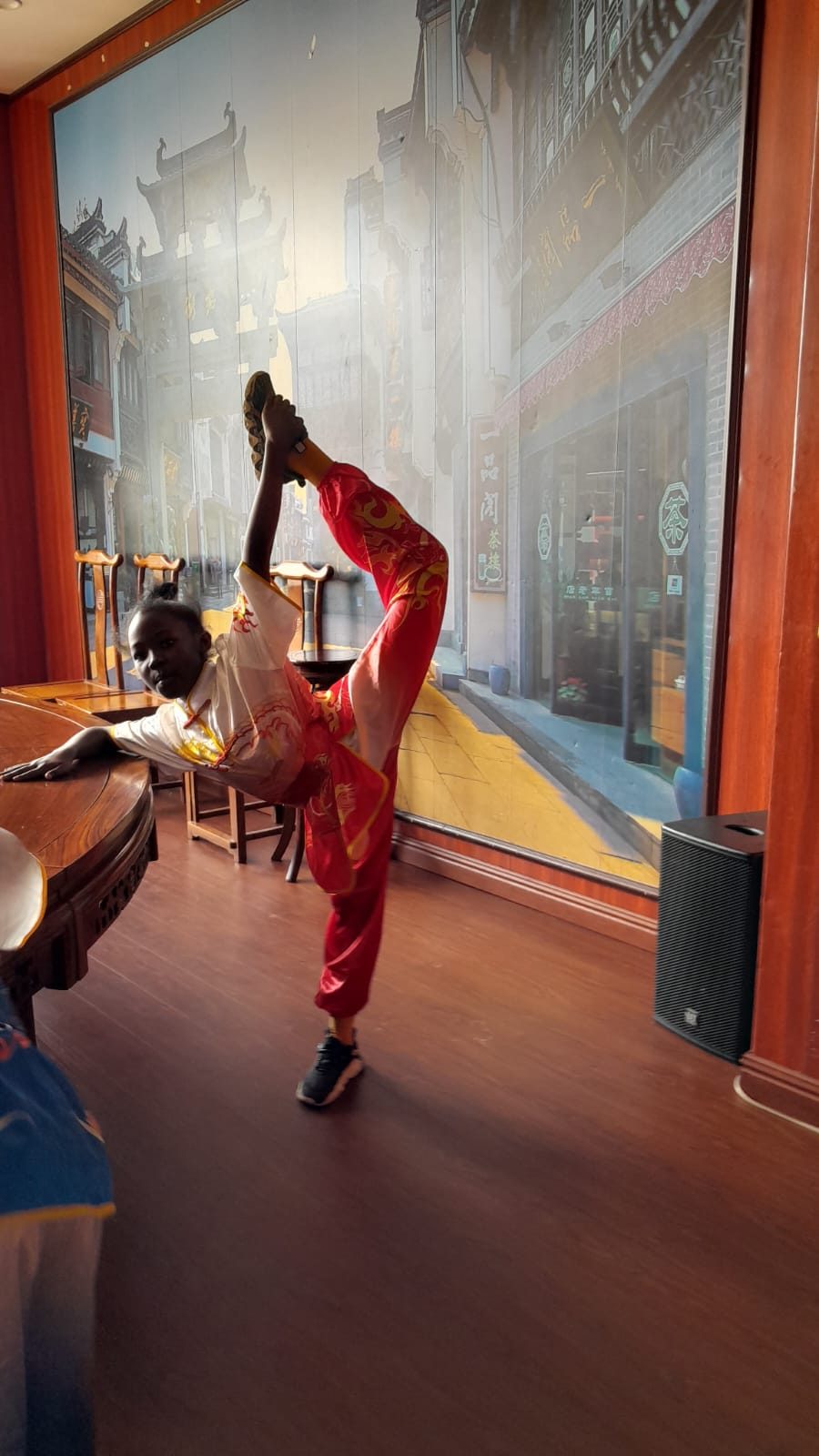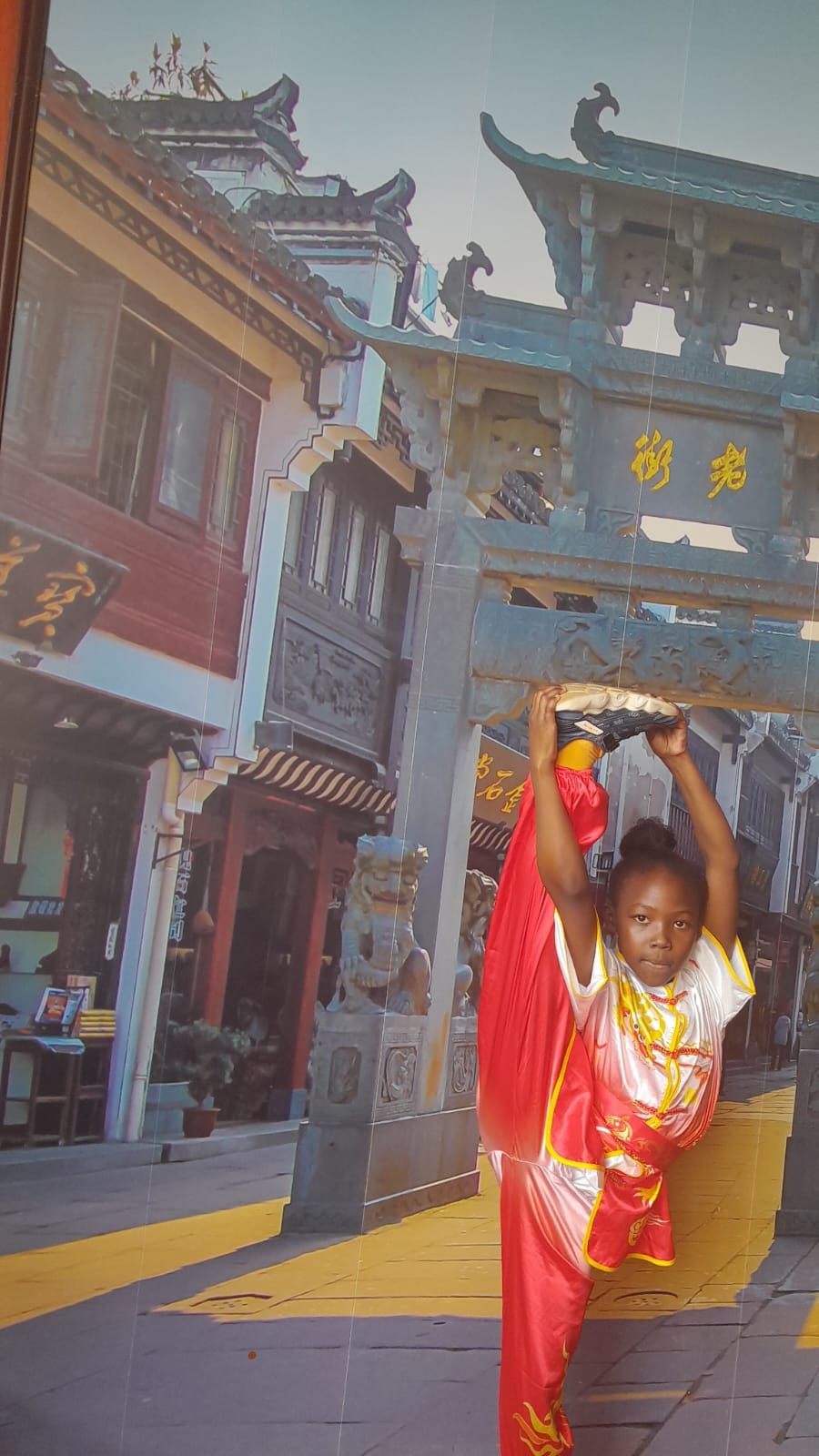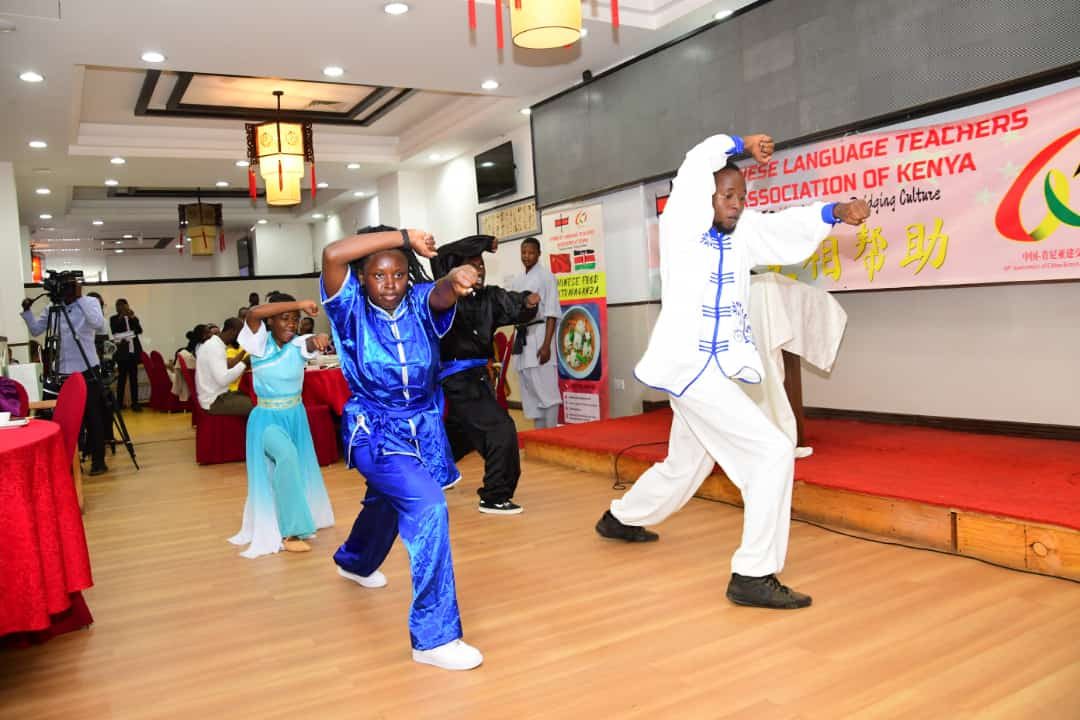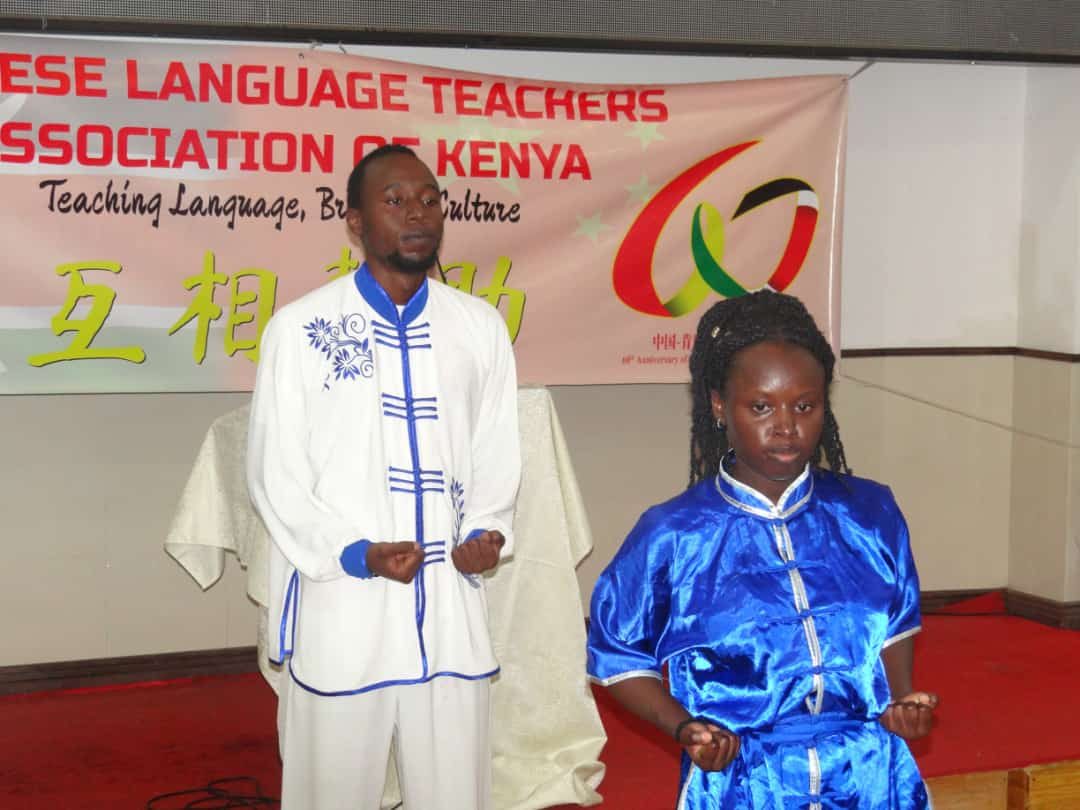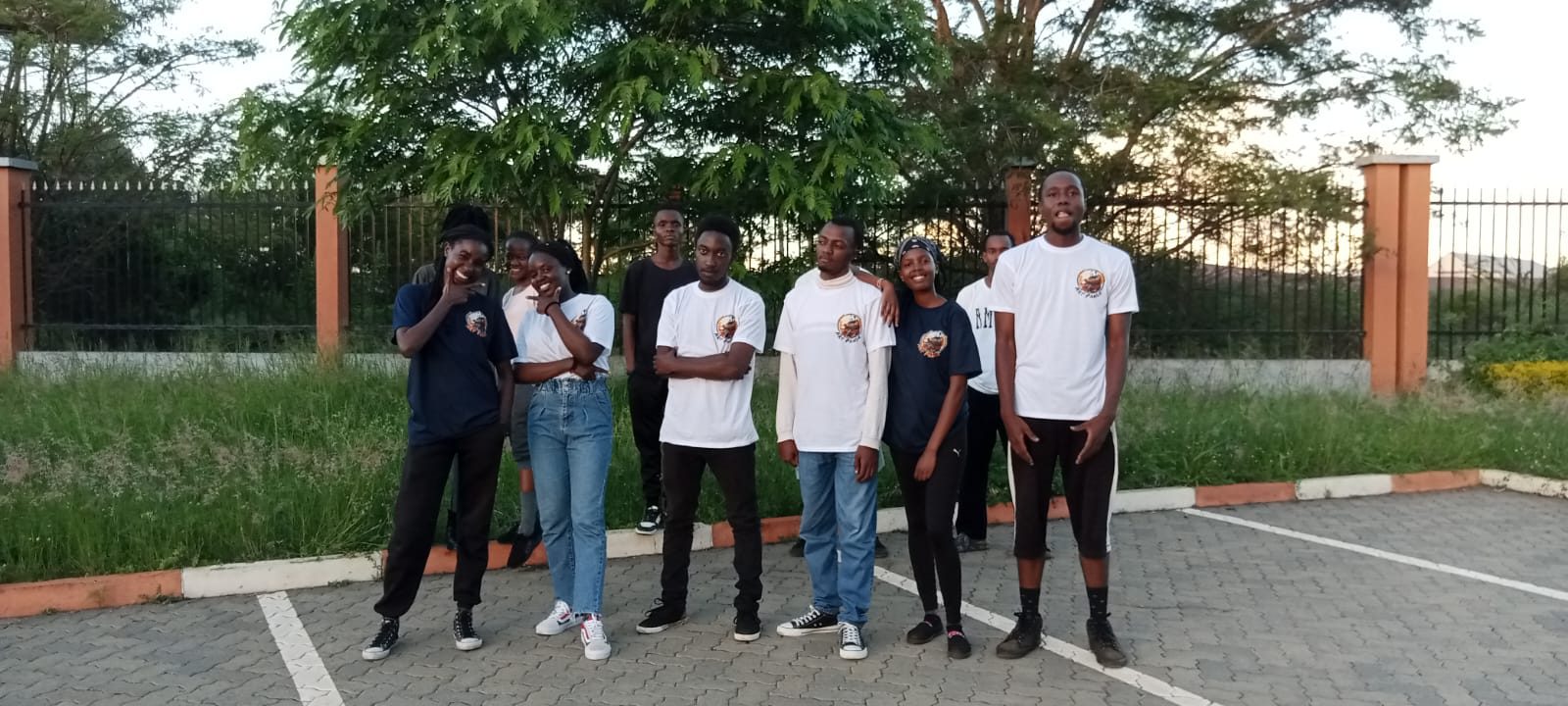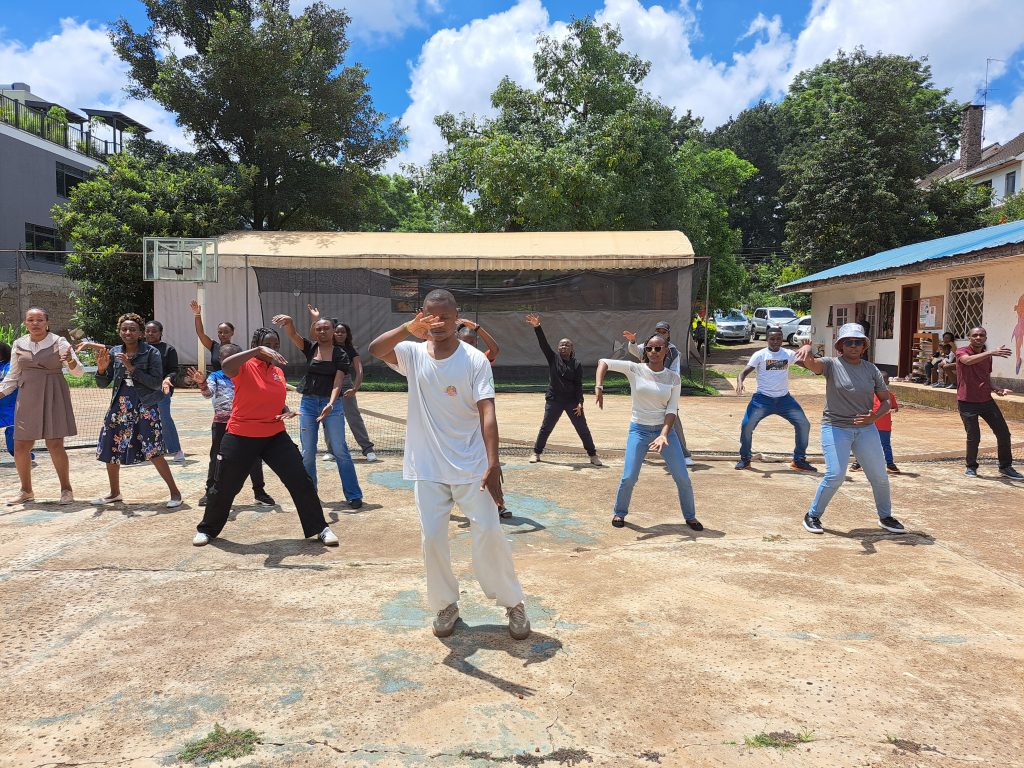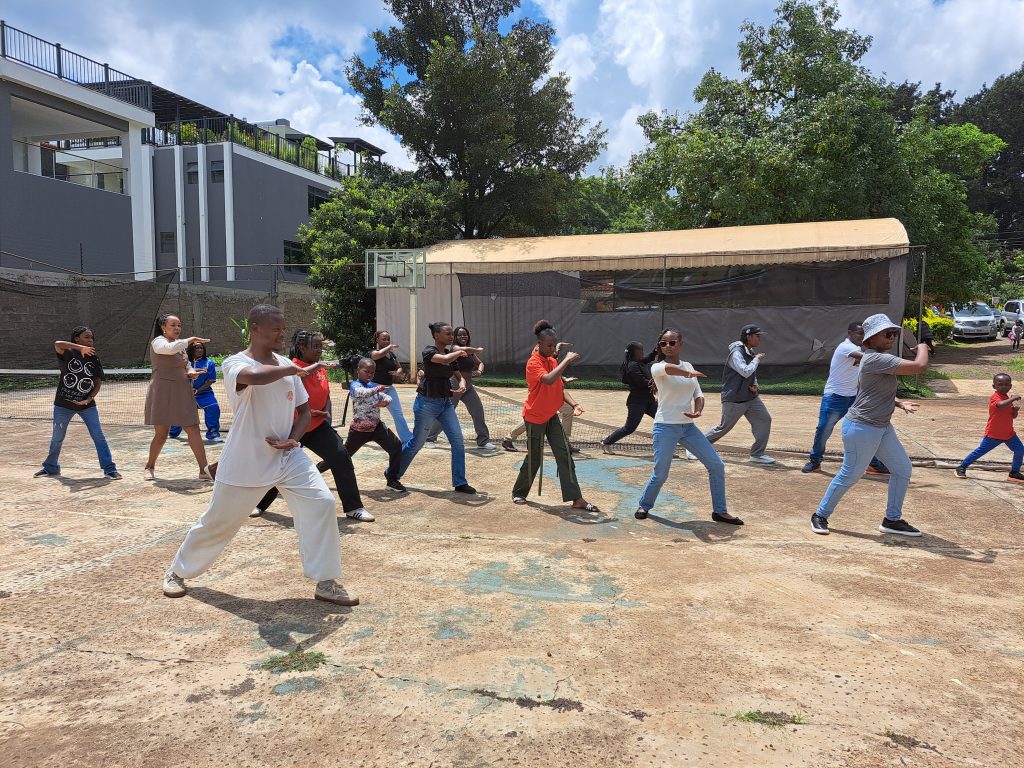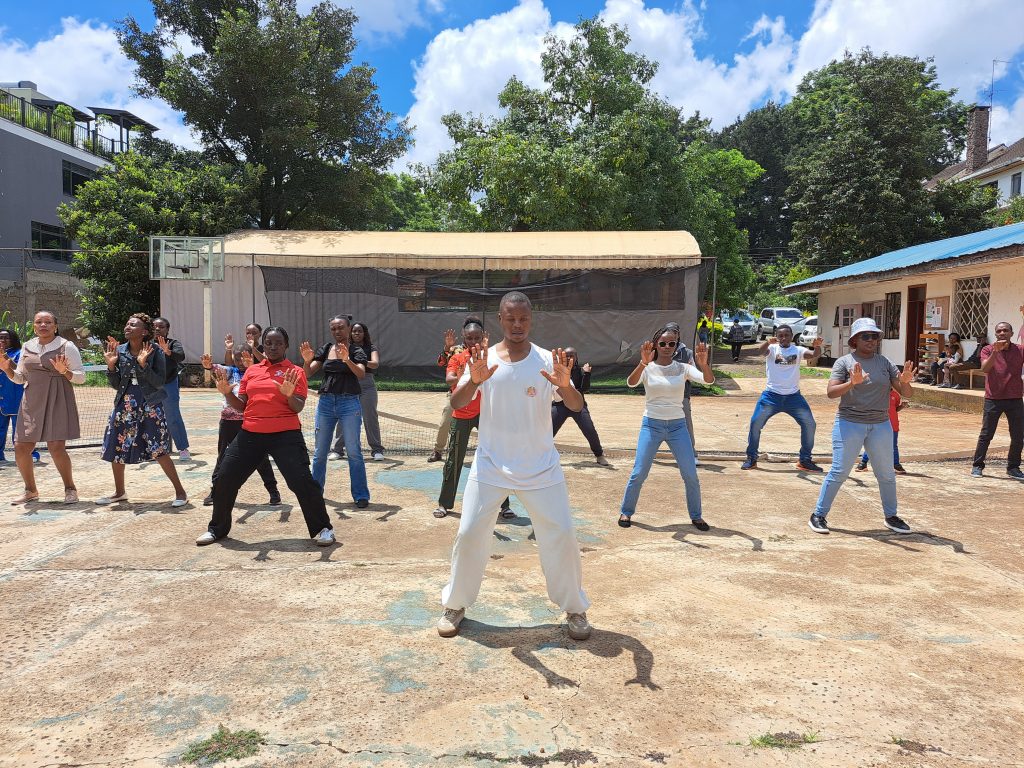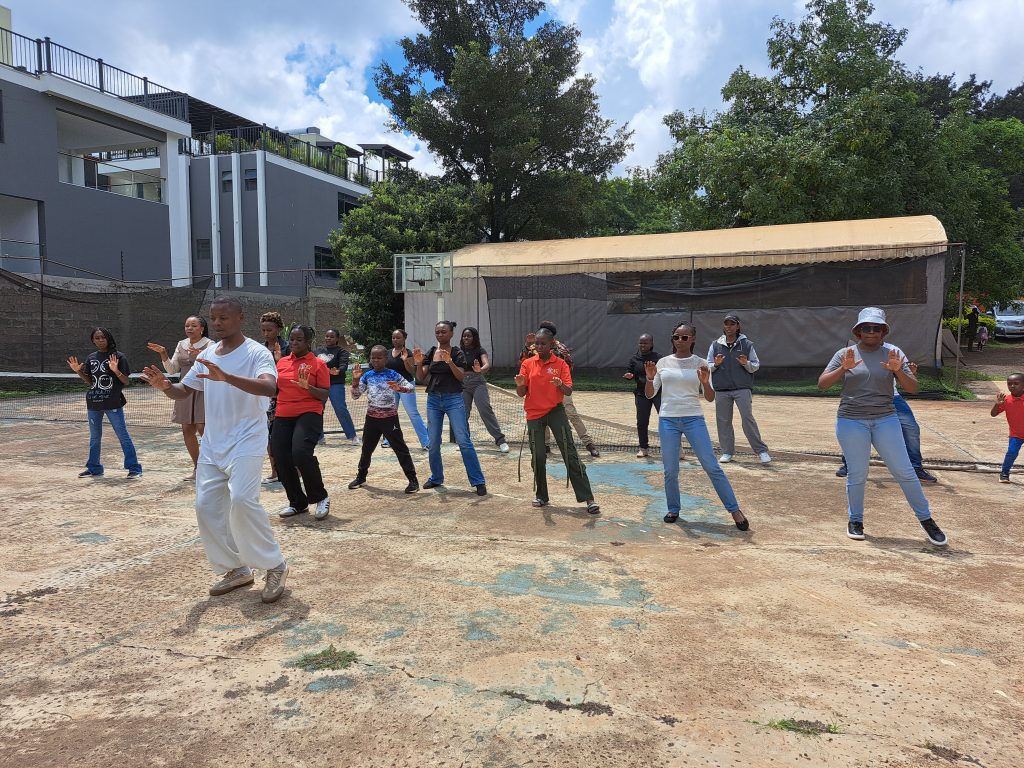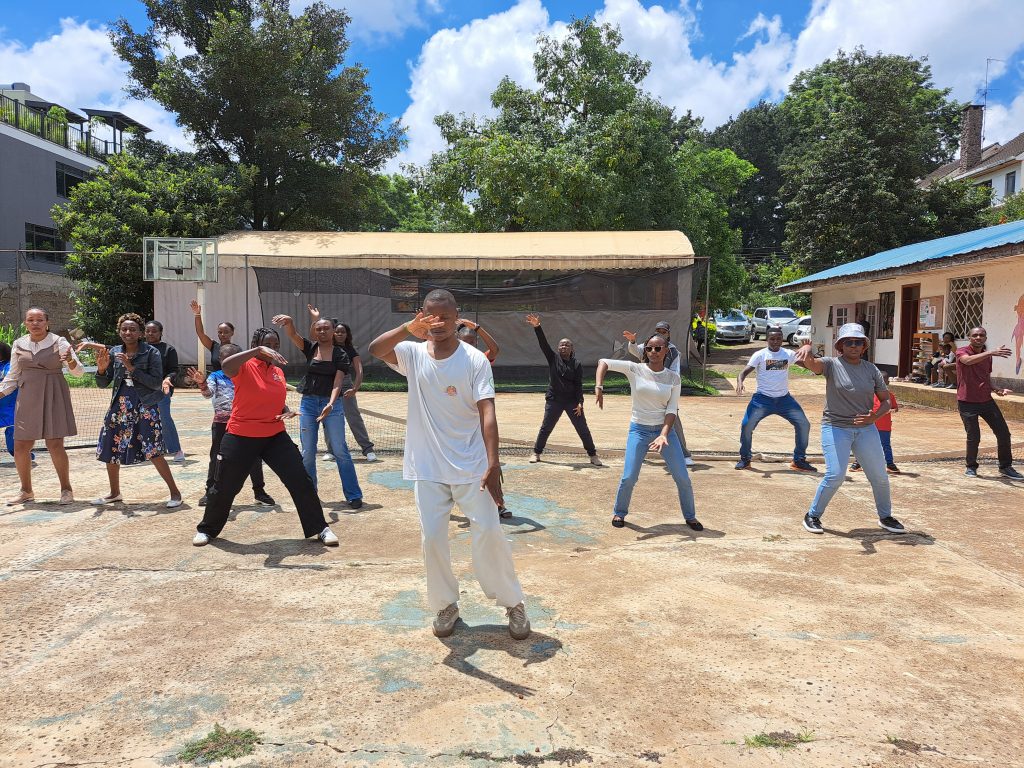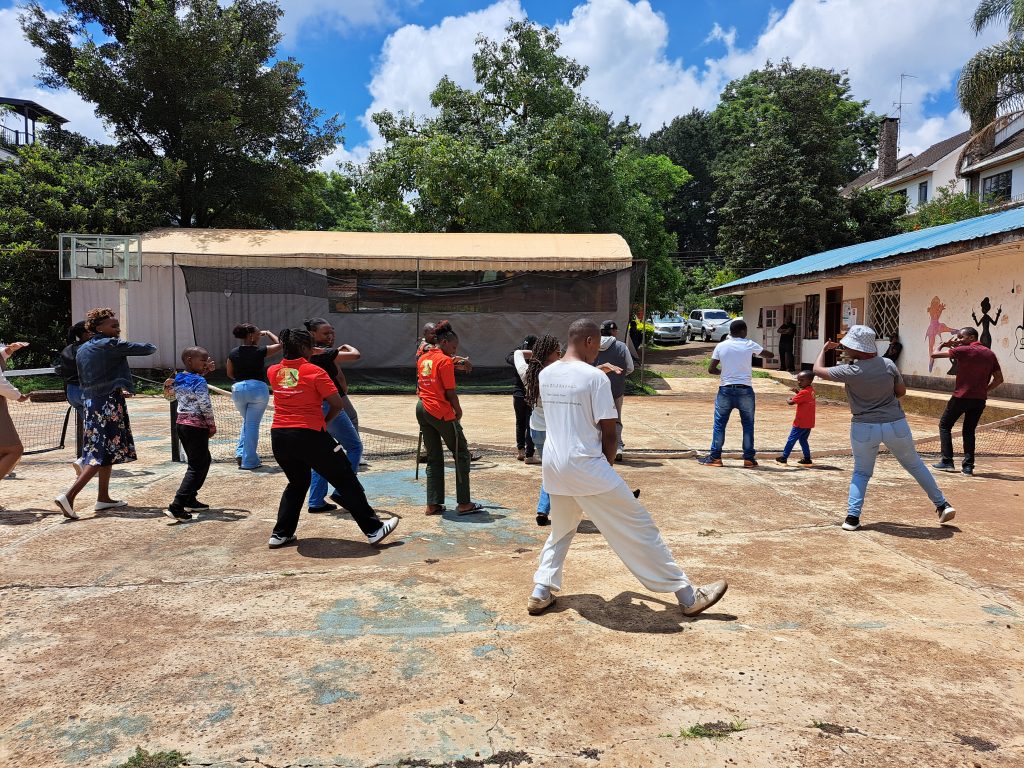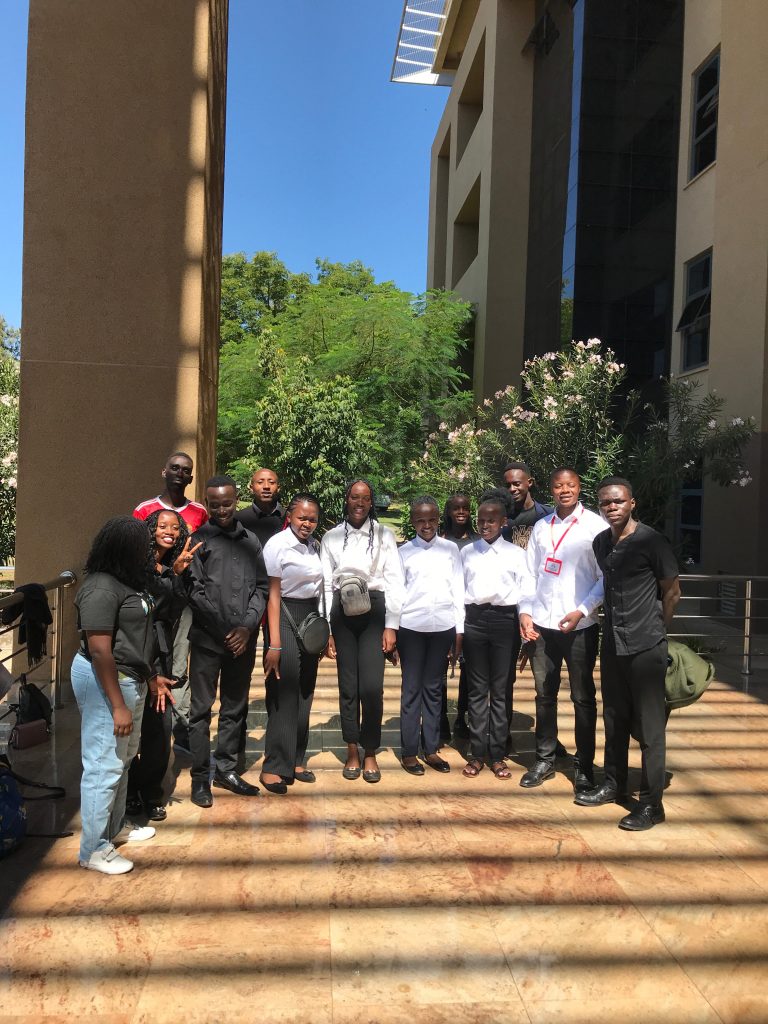Exploring the Art of Cooking Chinese Cuisine at Discovery Chinese Centre: A Collaborative Journey with Steve Wakoli and Kenyan Students
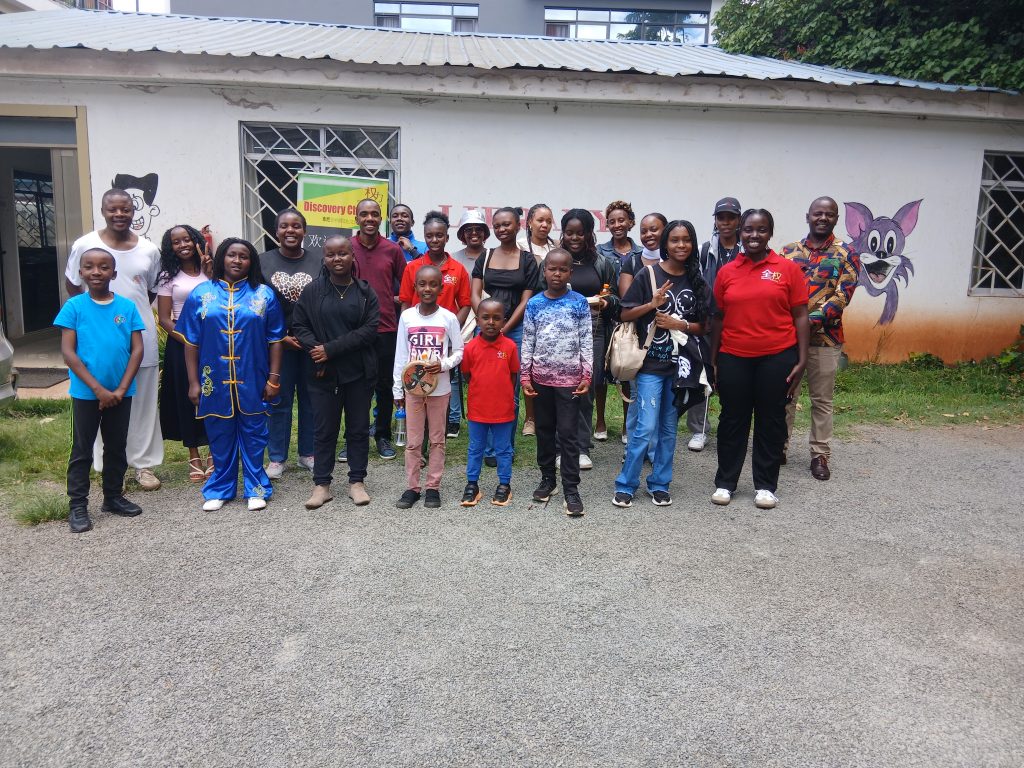
The blending of cultures has always been a powerful way to create unity, understanding, and creativity, especially when it comes to food. At the Discovery Chinese Centre, a unique partnership is flourishing between the Kenya Chinese Culture Center, ArtPanda Entertainment Group, and the center is dedicated Chinese language students, led by the visionary Steve Wakoli, the Director of ArtPanda Foundation. This collaboration gives a dynamic and immersive learning experience, combining language education with the culinary arts, where students not only learn Mandarin but also dive deep into the cultural fabric of Chinese cuisine.
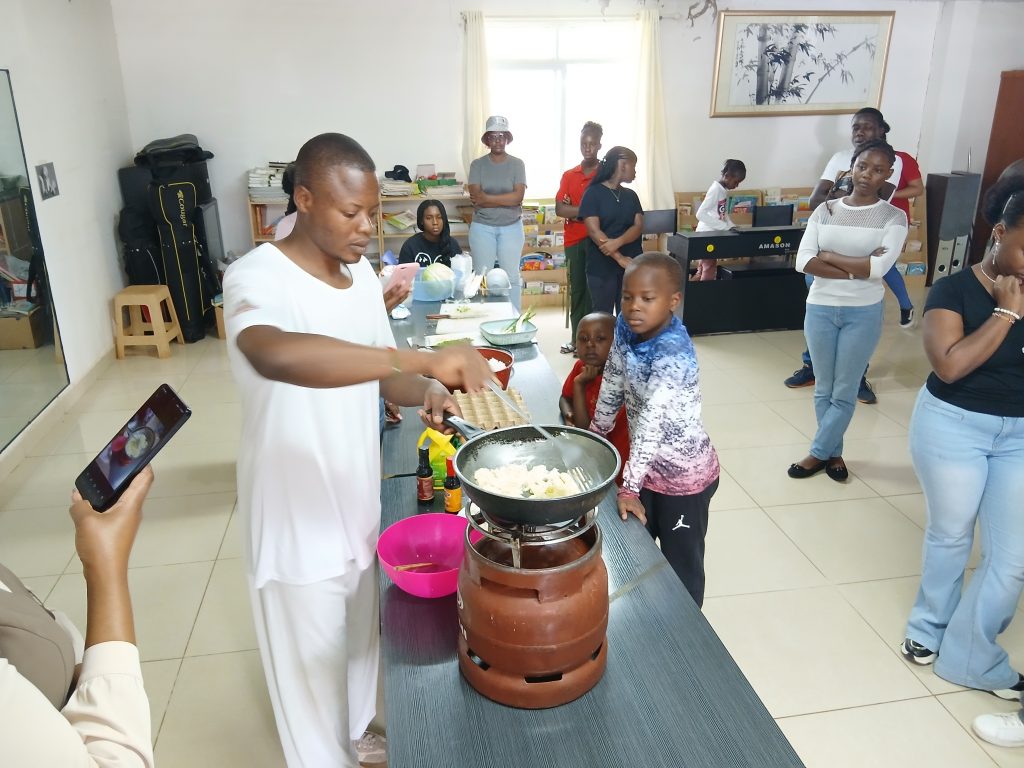
A Vision of Cultural Exchange: Steve Wakoli and ArtPanda Foundation
Steve Wakoli, a prominent figure in cultural exchange and education, believes in the power of cross-cultural collaboration. Through the ArtPanda Foundation, he has initiated numerous projects aimed at bridging cultures and creating lasting relationships. His passion for Chinese culture has led to the partnership between ArtPanda and the Discovery Chinese Centre, helping Kenyan students connect with the rich traditions of China.
Wakoli’s philosophy is rooted in the idea that food is a universal language—one that can transcend barriers, promote understanding, and offer a deeper insight into the lifestyle and values of a different culture. By pairing Chinese language learning with cooking, Wakoli and his team aim to give an immersive experience that appeals to both their minds and their senses.
A Unique Partnership: Discovery Chinese Centre, Kenya Chinese Culture Center, and ArtPanda Entertainment Group
The collaboration between the Discovery Chinese Centre, Kenya Chinese Culture Center, and ArtPanda Entertainment Group is a groundbreaking initiative in Kenya. These institutions share a common goal: to foster a deeper understanding of Chinese culture in Kenya through diverse educational platforms. By combining language classes with cultural immersion—particularly focusing on Chinese cooking—the initiative offers a comprehensive approach to learning that goes beyond textbooks.
The Discovery Chinese Centre has always been at the forefront of promoting Chinese language education. However, in recent years, they’ve broadened their scope to include cultural topics in the curriculum. Students taking Chinese language courses are now also introduced to the world of Chinese cooking, led by experts from the Kenya Chinese Culture Center. Together, they are helping students appreciate the art of Chinese cuisine, a crucial aspect of the country’s rich cultural heritage.
The partnership with ArtPanda Entertainment Group has brought an exciting twist to the program, leveraging media and entertainment to enrich the learning experience. ArtPanda’s creative approach to content creation has enabled students to explore and interact with Chinese culture, making learning more enjoyable and accessible.
Chinese Cooking: A Cultural Gateway for Students
Food is an essential part of Chinese culture, and each dish tells a story—whether it’s about regional diversity, history, or the philosophy of balance and harmony in the food itself. At the Discovery Chinese Centre, cooking classes are woven into the Chinese language curriculum. Students not only learn how to prepare popular dishes like dumplings, sweet and sour chicken, and hot pot, but they also uncover the cultural significance behind each dish.
Through hands-on cooking sessions, students practice Mandarin in a practical setting. Instructions are given in Chinese, providing students with an authentic language immersion experience while they work side by side with professional chefs. In turn, they understand how language and culture intertwine—through food, they learn about history, family, and community values.
The classes are designed to help students understand the intricate balance of flavors that make Chinese cuisine so unique. The concept of “yin and yang,” which emphasizes harmony and balance, is taught not only through the language but also through the cooking techniques and ingredients. This provides a comprehensive understanding of Chinese cuisine and its deeper cultural roots.
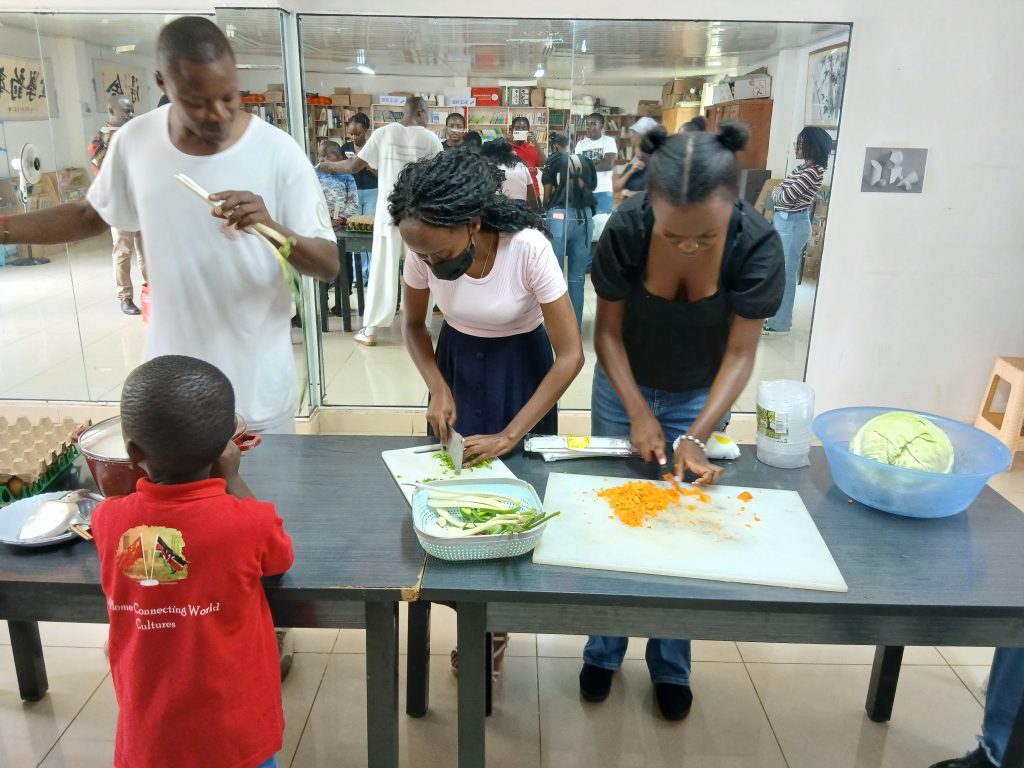
Learning Together: Students Embrace Cultural Education
Kenyan students participating in the program are finding it an invaluable experience. They are learning to speak Chinese and delightfully connecting with the culture. Cooking classes encourage collaboration among students from different backgrounds and cultures, fostering a sense of community. They work together to prepare and share meals, learning from one another and embracing the beauty of cultural diversity.
The hands-on nature of the cooking lessons allows for an immersive experience where students develop practical skills that they can carry and use far beyond the classroom. As they prepare dishes, they learn new vocabulary, practice pronunciation, and build cultural knowledge in ways that are much more tangible than traditional classroom settings.
The Future of Cultural Exchange through Culinary Arts
Looking ahead, the partnership between the Discovery Chinese Centre, Kenya Chinese Culture Center, and ArtPanda Entertainment Group shows tremendous promise for the future of cultural exchange. The lessons learned from the cooking classes and language programs can be expanded to include other aspects of Chinese culture, such as traditional arts, calligraphy, and festivals.
By combining language learning with culinary arts, these institutions provide an environment where students can deepen their understanding of China and its people. As more Kenyan students become fluent in Mandarin and gain proficiency in Chinese cooking, the cultural bridge between Kenya and China will only grow stronger.
Moreover, as food is an essential element of any culture, these students are not only building skills—they are also developing relationships with Chinese culture that will stay with them for a lifetime.
Conclusion
The partnership between the Discovery Chinese Centre, the Kenya Chinese Culture Center, and ArtPanda Entertainment Group is a testament to the power of cultural exchange. By blending Chinese language education with Chinese cuisine, Steve Wakoli and his team have created an innovative and engaging learning experience. Together with the students, they are developing deeper connections with the Chinese culture, preparing them for an interconnected world where food, language, and culture go hand in hand.
This unique program exemplifies the power of education in uniting diverse cultures through shared experiences. As the students of the Discovery Chinese Centre continue to learn, cook, and grow, they not only master a new language but also gain a deeper appreciation for the values and traditions that make Chinese culture so fascinating and rich.
